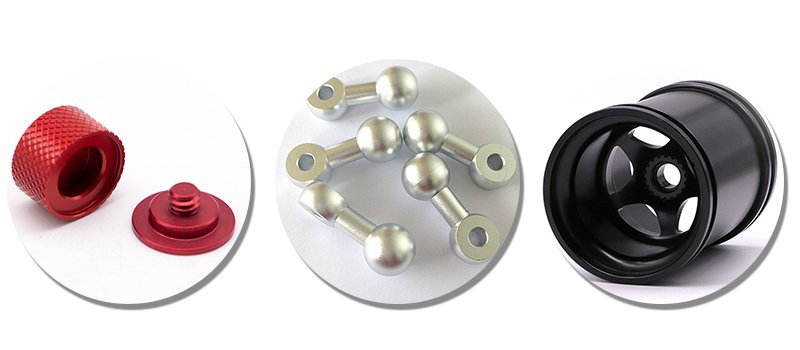In the fast-paced world of manufacturing, the ability to respond quickly to urgent orders is crucial. CNC machining, with its precision and flexibility, is often at the forefront of such demands. This comprehensive guide will explore strategies that can be employed to handle urgent orders effectively and reduce lead times in CNC machining.
The Challenge of Urgent Orders
Urgent orders can be a challenge for any manufacturing process. They require a rapid response, which can strain resources, increase costs, and potentially compromise quality if not managed properly. In CNC machining, where precision and quality are paramount, the challenge is even greater.
Strategies for Reducing Lead Times
1. Advanced Planning and Scheduling
Effective planning and scheduling are essential for managing urgent orders. This involves forecasting demand accurately, planning machine runs to match demand, and scheduling maintenance during downtime to avoid production interruptions .
2. Streamlined Setup Procedures
Reducing setup times is critical. This can be achieved through techniques such as single-minute exchange of die (SMED), which minimizes the time needed to change tools and adjust machines. Streamlining these processes can significantly reduce the time from order to production .
3. Utilizing High-Performance Machines
Investing in advanced CNC machines with features like multi-axis capabilities, improved spindle speeds, and real-time monitoring systems can enhance the efficiency of batch processing .
4. Implementing Lean Manufacturing Practices
Adopting lean manufacturing principles helps identify and eliminate non-value-added activities, streamline processes, and reduce costs. This can lead to quicker turnaround times for urgent orders .
5. Design for Manufacturability
Designing parts to be manufactured efficiently can reduce the complexity and time required for machining. This includes using standard materials, simplifying geometries, and minimizing the number of operations needed .
6. Automation and Robotics
Automating processes such as material handling and part loading/unloading can reduce lead times by minimizing manual labor and increasing the speed of these operations .
7. Staff Training and Cross-Training
Well-trained staff can respond more quickly to urgent orders. Cross-training employees to perform multiple tasks ensures that there is always someone available to handle critical tasks, even if some team members are occupied with other jobs .
8. Just-in-Time (JIT) Inventory Management
Maintaining a JIT inventory of raw materials ensures that there are no delays in starting production due to lack of materials. This requires careful management of supply chains and relationships with suppliers .
9. Collaborative Communication
Open and frequent communication with clients can help anticipate urgent orders and prepare for them in advance. This can also involve getting clarifications and approvals quickly, which can be crucial in reducing lead times .
10. Post-Processing Optimization
Minimizing the time required for post-machining processes such as inspection, finishing, and packaging is also essential. This can involve investing in faster inspection equipment or streamlining packaging processes .
Urgent orders are a fact of life in manufacturing, and CNC machining is no exception. By implementing strategies such as advanced planning, streamlined setups, high-performance machinery, lean manufacturing practices, design for manufacturability, automation, staff training, JIT inventory management, collaborative communication, and post-processing optimization, manufacturers can reduce lead times and respond more effectively to urgent orders. These strategies not only help in managing urgent orders but also contribute to overall efficiency and competitiveness in the market





